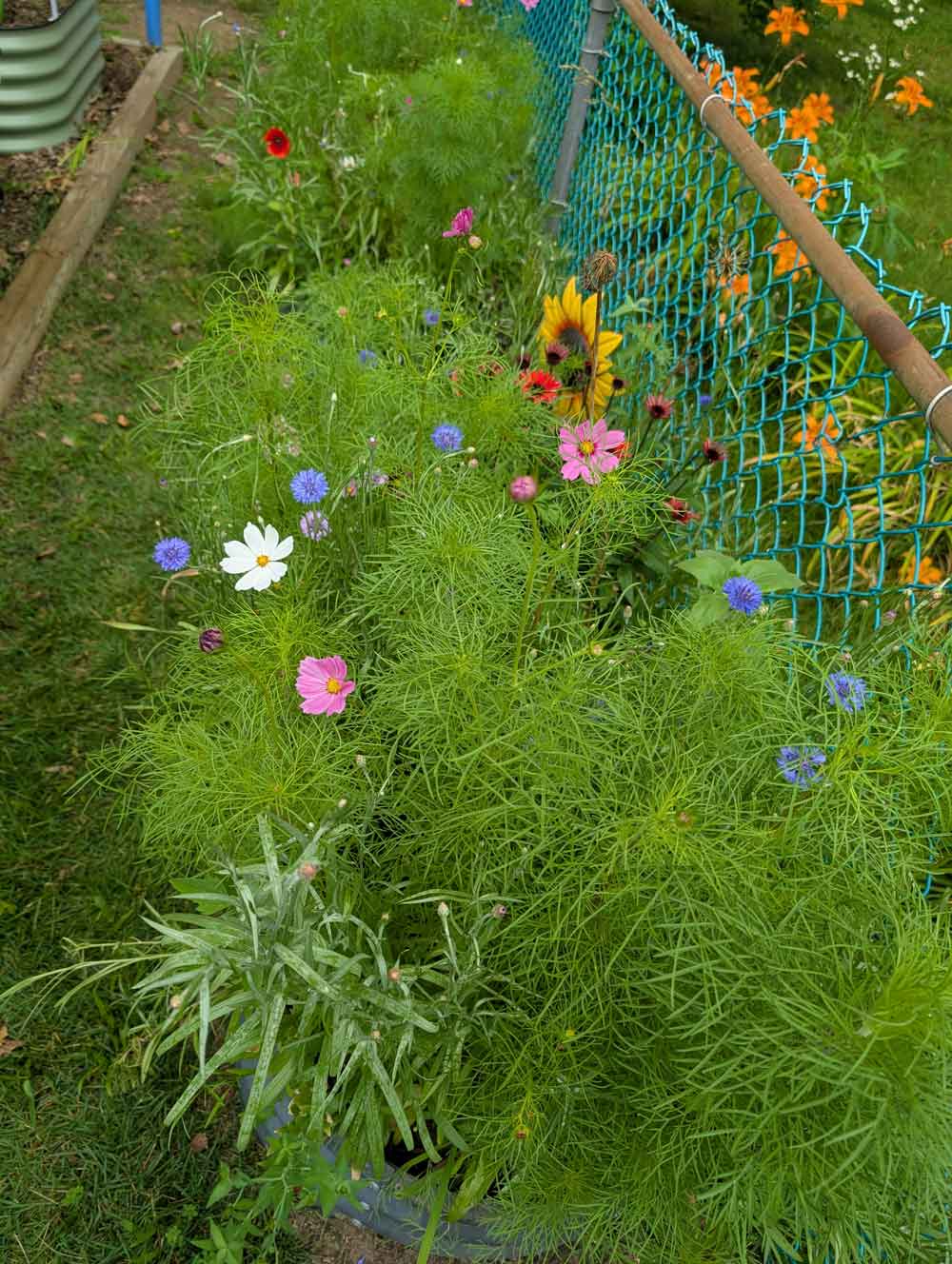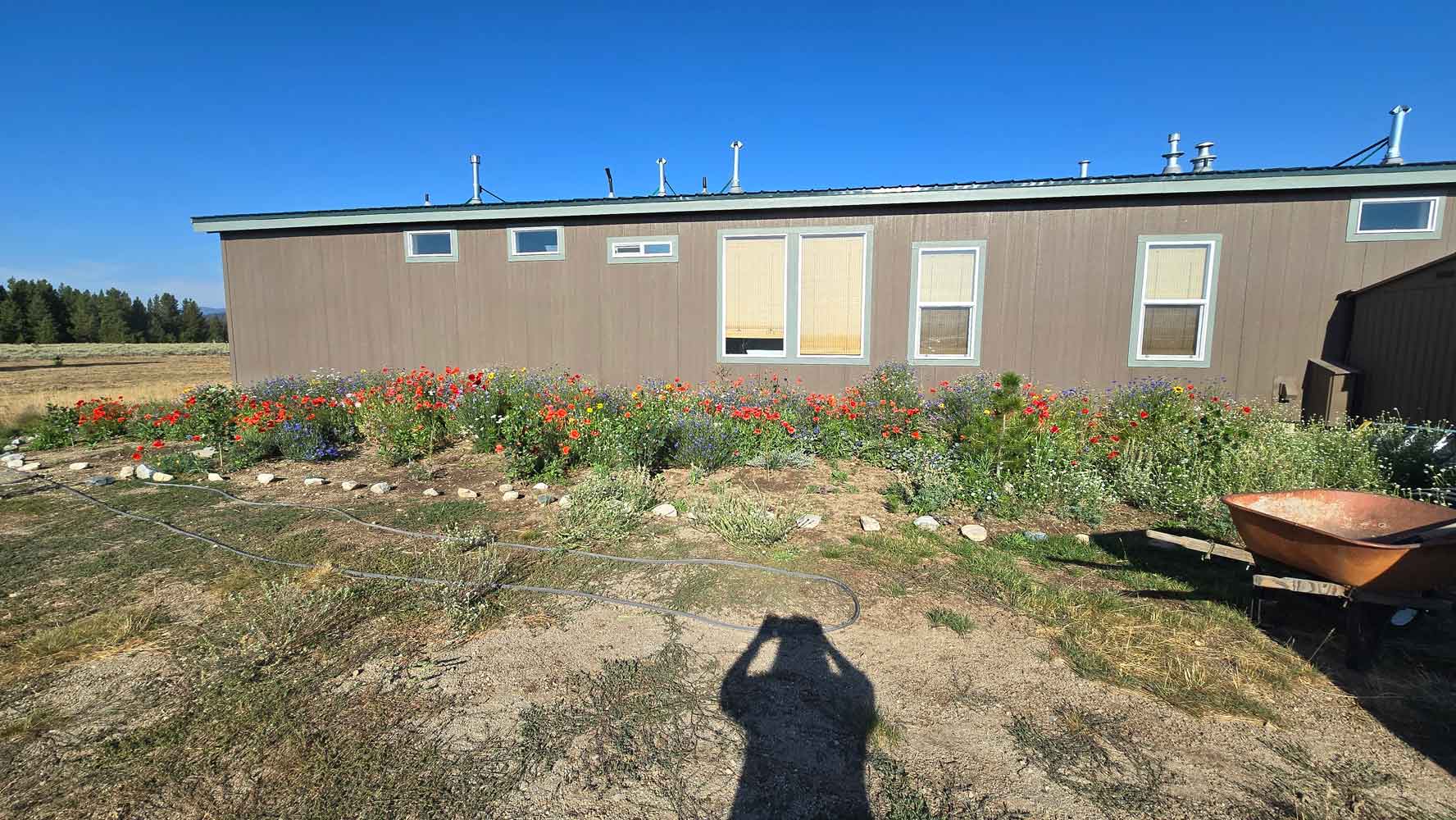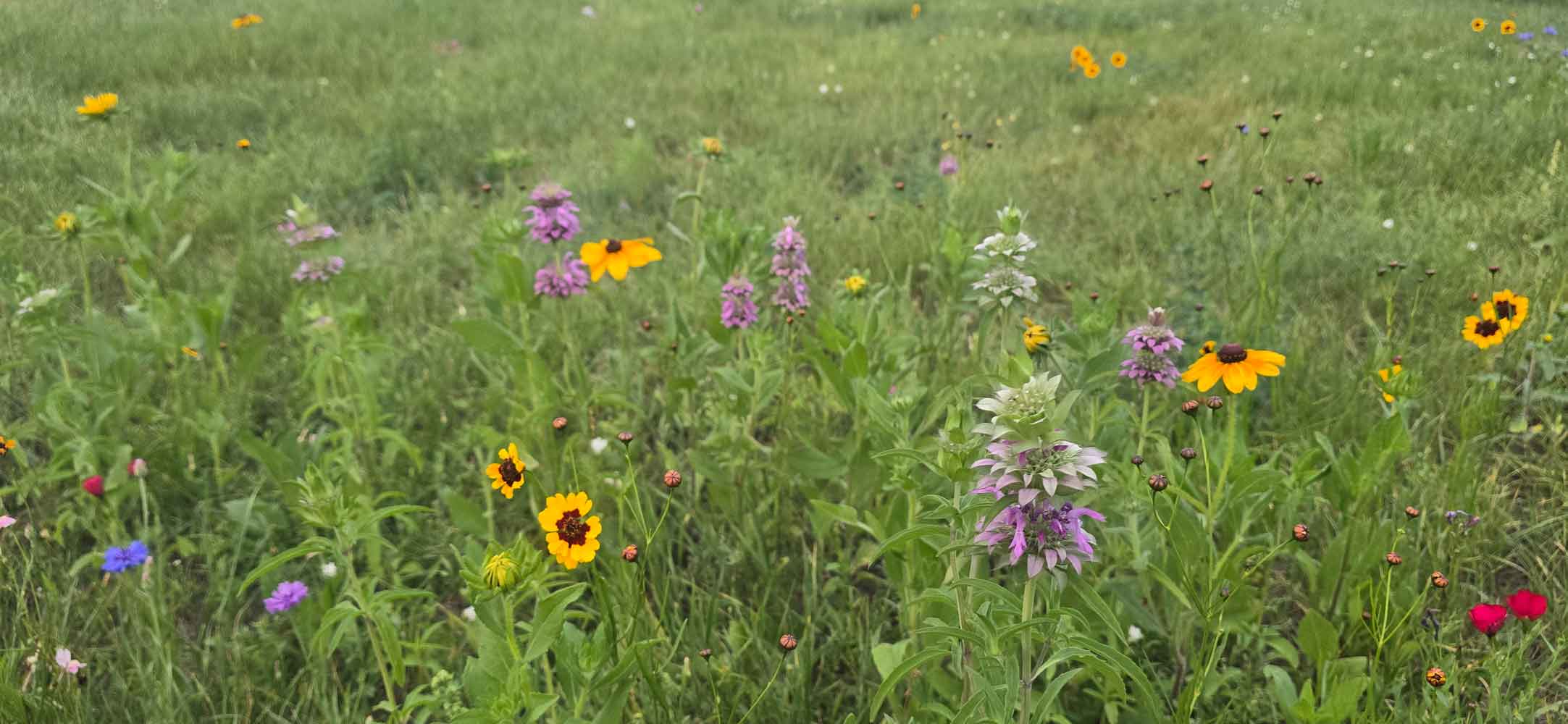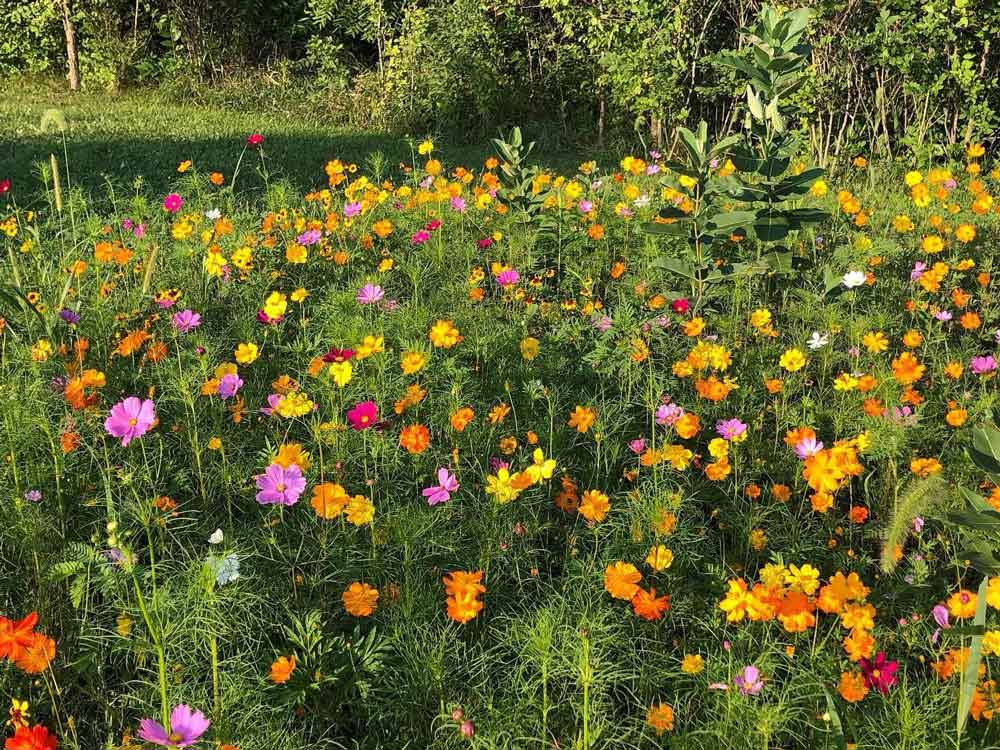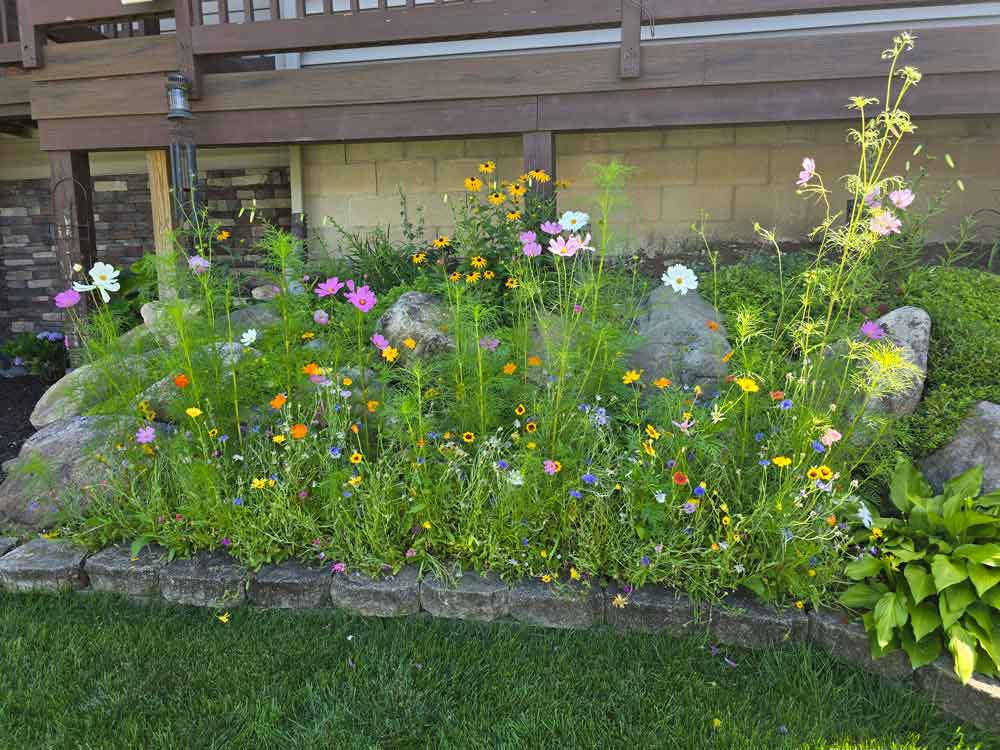About Annual Wildflower Seeds
Planting annual wildflower seeds brings a burst of vibrant color and life to the garden in just one season. These fast-blooming flowers create a dynamic, ever-changing display that attracts pollinators and adds natural charm. Their easy growth and stunning variety make every bloom feel like a small celebration of nature’s beauty.
When to Plant Annual Wildflower Seeds
Spring is a popular time to plant, offering natural rainfall to support germination. All zones can plant in the spring as long as the wildflower seeds are sown within a month or so after the last frost of the winter season, once soil temperatures reach 55°F or warmer. This timing varies by region but typically falls between mid-March and late May. For example, planting this method in the spring of one year will bring blooms in the spring/summer of that same year.
It is important to not plant too early; if seeds are installed in spring prior to a late-season frost, they run the risk of germinating and then being killed by this frost and will be lost for the season.
Where to Plant Annual Wildflower Seeds
Though many wildflowers do tolerate some filtered shade, and a few actually thrive in it, the vast majority are definitely sun-lovers. Wildflowers will generally sprout in all but the most difficult conditions. This means that pampering your site with fertilizer or rich sod is not usually necessary.
An easy rule of thumb is if other vegetation is thriving there, even if it’s just weeds, then wildflowers should grow there too. Please keep in mind though, if your site currently supports no plant life, not even weeds, wildflower seeds may struggle to survive here as well. In this case, soil amendments or light fertilization may be necessary.
How to Plant Annual Wildflower Seeds
Wildflower seeds require light to germinate, so be careful not to cover them when planting. Learn more about germination light requirements here.
Clear the area of rocks, grass, and weeds so that you seeds will be sown on bare dirt. If you need to till, loosen the soil to a shallow depth as best you can before planting your seeds. Tilling deeply will just bring up unwanted weed seed. Don’t panic though when some weeds sprout along with the flowers, this will happen when the soil is worked.
We recommend mixing your seeds with sand: 5 parts sand to 1 part seeds. This allows for a more even distribution and also provides a convenient way to mark which portions of the site have been seeded and which have not. For a smaller area, you can hand-broadcast the seeds. For larger areas, we recommend a seed spreader to create a better cast of the seeds.
After the seeds have been sown, compress the seeds into the soil for good seed-to-soil contact; lightly covering them with no more than 1/4″ soil will help to protect them from birds and wind.
How to Care for Annual Wildflower Seeds
Although wildflowers are pretty easy to take care of, there are some steps to keep it looking beautiful. For the first four to six weeks, make sure the area is regularly watered to aid in your seeds’ germination and establishment. After this period, your seedlings should be well established in the area. Weeds will grow right along with the wildflowers, it is up to you if you’d like to pull them or not. Doing so may ensure your wildflowers are getting the nutrients they need. Water the area during dry spells. Deadhead blooms that are spent to encourage new growth.

